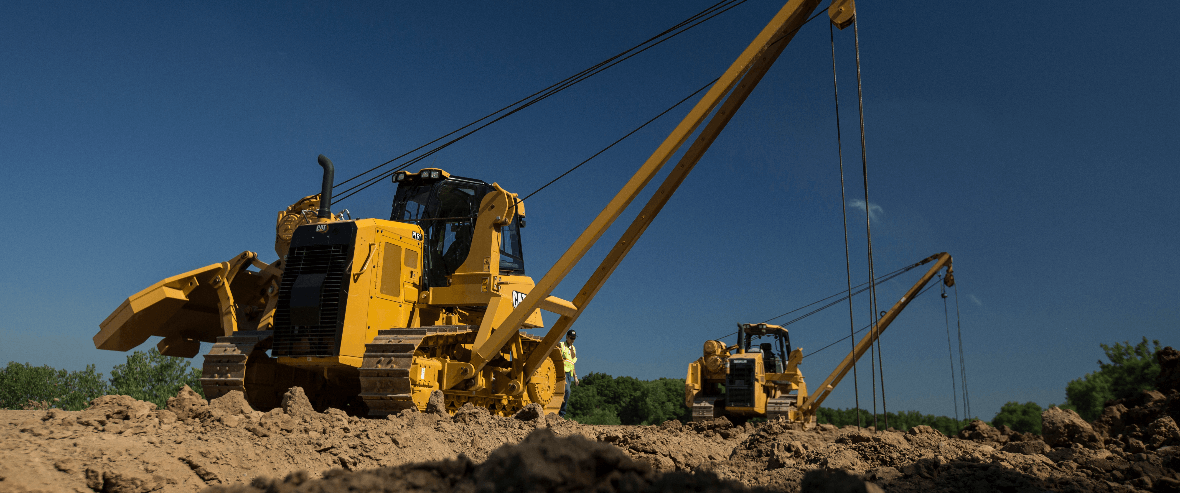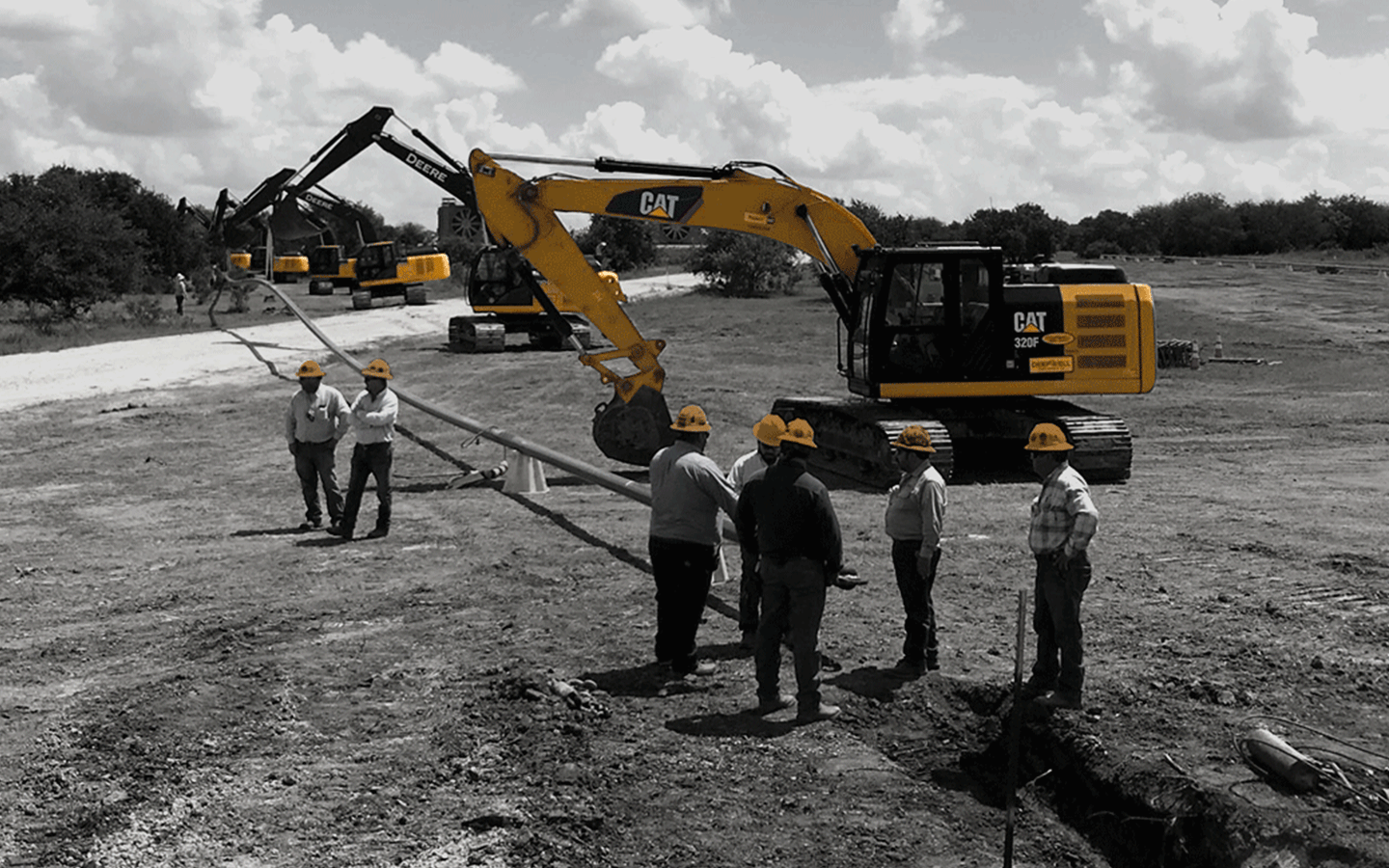Superior Rentals midland: why local access matters
A Comprehensive Guide to the Different Types of Oil Field Equipment and Pipeline Equipment Available
The oil and gas market counts heavily on specialized equipment for efficient extraction and transportation. Different kinds of equipment, from drilling rigs to tank, play vital roles in this complicated procedure. Each tool serves distinct features that add to overall functional success. Understanding these components is crucial for any individual associated with the sector. As the market evolves, so also do the modern technologies that support it. What improvements are on the perspective?

Drilling Rigs: The Backbone of Oil Expedition
Drilling rigs offer as the important machinery in the domain name of oil expedition, allowing firms to access hydrocarbon books hidden deep underneath the Earth's surface. These rigs can be found in numerous kinds, consisting of land rigs, offshore rigs, and mobile systems, each created to operate in certain atmospheres. Geared up with sophisticated innovation, drilling rigs can pass through geological formations with accuracy, guaranteeing effective source extraction. The structural stability and operational capabilities of these rigs are essential, as they must hold up against severe problems and considerable pressures. Furthermore, the option of an exploration gear affects the total project price and timeline, making it a vital consideration for oil business looking for to enhance their exploration efforts and maximize performance in their procedures.
Pumps: Necessary for Liquid Motion
In the oil removal procedure, the role of pumps is considerable, assisting in the movement of liquids throughout different stages of production. Pumps are vital for moving petroleum, water, and various other liquids from underground reservoirs to the surface area and after that with pipes to refineries. They can be found in various types, including centrifugal, favorable displacement, and completely submersible pumps, each serving particular purposes based on the fluid qualities and functional demands. Centrifugal pumps are frequently made use of for their efficiency in high-flow applications, while positive displacement pumps master dealing with viscous fluids. The option of pump effects overall effectiveness, operational safety, and upkeep costs. Proper option and maintenance of pumps are important for maximizing production and minimizing downtime in oil field procedures.
Shutoffs: Managing Flow and Pressure

Shutoffs play a vital duty in taking care of the circulation and stress of liquids within oil fields and pipelines. Various kinds of shutoffs serve distinct applications, each made to fulfill certain functions fundamental for efficient operation - Superior Rentals Contact. Comprehending the characteristics and uses of these valves is crucial for optimizing system performance and safety
Types of Valves
Essential components in oil field operations, shutoffs play a vital function in controlling the circulation and stress of fluids within pipelines and devices. Numerous sorts of valves are utilized to meet the diverse requirements of oil and gas manufacturing. Usual types include entrance valves, which offer a straight-line circulation and marginal pressure decline; world shutoffs, recognized for their throttling abilities; and ball valves, acknowledged for their quick on/off control. Additionally, check shutoffs avoid backflow, while butterfly valves provide a lightweight remedy for controling circulation. Each shutoff kind is developed with particular products and arrangements to withstand the extreme conditions usually found in oil fields, making certain dependability and efficiency in operations. Understanding these types is critical for efficient system administration.
Valve Applications and Functions
While various sorts of valves serve distinct purposes, their key applications rotate around managing flow and stress within oil and gas systems. Valves such as gateway, world, and round valves manage liquid activity, making sure peak performance and safety. Gateway shutoffs are commonly made use click site of for on/off control, supplying marginal circulation resistance. World shutoffs, on the various other hand, deal specific flow regulation, making them ideal for throttling applications. Ball shutoffs are preferred for their fast operation and tight sealing capabilities. On top of that, stress relief shutoffs are critical for avoiding system overpressure, securing equipment stability. On the whole, the ideal option and application of shutoffs enhance operational performance, making certain the reputable transport of oil and gas with pipes and processing facilities.
Compressors: Enhancing Gas Transport
Compressors play a crucial function in the efficient transportation of gas, guaranteeing that it moves smoothly with pipelines over lengthy distances. These tools raise the pressure of natural gas, allowing it to conquer friction and elevation modifications within the pipeline system. Furthermore, compressors assist in the balancing of supply and need, accommodating fluctuations in usage and production prices. Various sorts of compressors are utilized in the market, consisting of centrifugal, reciprocating, and rotary screw compressors, each offering distinctive benefits based on the operational demands. Regular upkeep of these compressors is necessary to make best use of effectiveness and decrease downtime, eventually contributing to a reliable gas transportation network. Their important feature underscores the importance of compressors in the general oil and gas framework.
Storage Tanks: Safe and Effective Fluid Administration
Reliable transportation of natural gas counts on different sustaining systems, one of which is the appropriate administration of storage space containers. These storage tanks play a vital duty in safely consisting of liquids, making certain that operational efficiency is maintained while decreasing environmental dangers. Constructed from sturdy products, they are made to stand up to high stress and harsh aspects. Properly sized and purposefully located, tank assist in the smooth flow of all-natural gas and various other liquids, stopping traffic jams in supply chains. Regular upkeep and surveillance are necessary to discover leaks or structural problems, promoting safety and security and conformity with governing criteria. Inevitably, the effective management of storage containers is essential for the total integrity and dependability of the oil and gas industry's fluid handling systems.
Pipeline Systems: Framework for Transportation
Pipeline systems work as the foundation of the oil and gas market, facilitating the effective transport of hydrocarbons over large ranges. These systems contain various components, consisting of pipelines, valves, pumps, and compressors, all carefully developed to ensure seamless flow. The materials used in pipeline construction, commonly steel or high-density polyethylene, are chosen for toughness and resistance to corrosion. Pipeline networks can extend throughout land and water, connecting production websites to refineries and circulation centers. Additionally, advanced innovation makes it possible for real-time surveillance of flow prices and stress degrees, improving operational effectiveness. The strategic placement of these pipes minimizes ecological influence while taking full advantage of resource accessibility, consequently playing an weblink important role in meeting energy needs globally.
Safety Equipment: Making Sure Employee and Environmental Management
The operation of pipeline systems, while important for energy transportation, also provides substantial security obstacles for workers and the environment. Safety and security equipment plays a substantial duty in mitigating these risks. Personal protective devices (PPE) such as helmets, handwear covers, and non-slip shoes safeguards workers from physical risks. Furthermore, gas discovery systems check for leaks, ensuring that hazardous compounds do not present a hazard to personnel or the surrounding ecosystem. Emergency situation closure systems are imperative for promptly halting operations during a crisis, preventing potential disasters. Spill containment products, including absorbents and barriers, are basic for minimizing ecological effect. On the whole, investing in all-encompassing safety and security devices is vital for preserving operational stability and protecting both employees and the atmosphere in the oil and gas sector.

Often Asked Concerns
How Do I Select the Right Oil Field Equipment for My Task?
Picking the ideal oil area tools involves evaluating job requirements, budget plan constraints, and operational needs. Think about variables such as equipment dependability, compatibility with existing systems, and the supplier's track demolition excavator record to assure peak performance and security.
What Are the Upkeep Requirements for Oil Field Equipment?
Upkeep needs for oil area tools include regular inspections, lubrication, and timely repairs. Operators needs to additionally abide by manufacturer guidelines, display performance metrics, and warranty conformity with safety and security guidelines to boost durability and efficiency.

Just How Can I Make Certain Conformity With Environmental Regulations?
To ensure conformity with ecological regulations, companies need to perform routine audits, implement best practices, purchase training, preserve correct documentation, and remain upgraded on legislation (Superior Oilfield Rentals Texas). Collaboration with environmental companies can additionally improve adherence to policies
What Is the Ordinary Life Expectancy of Pipeline Equipment?
The ordinary life-span of pipeline devices typically varies from 20 to half a century, depending on elements such as worldly high quality, environmental conditions, and maintenance techniques. Regular evaluations can substantially affect long life and operational performance.
Just how Do I Safely Transfer Oil Field Equipment to Remote Locations?
Transporting oil field tools to remote locations requires mindful preparation, including course analysis, securing licenses, making use of proper cars, and guaranteeing safety protocols are complied with. Appropriate training and communication among crews are necessary for effective transport.